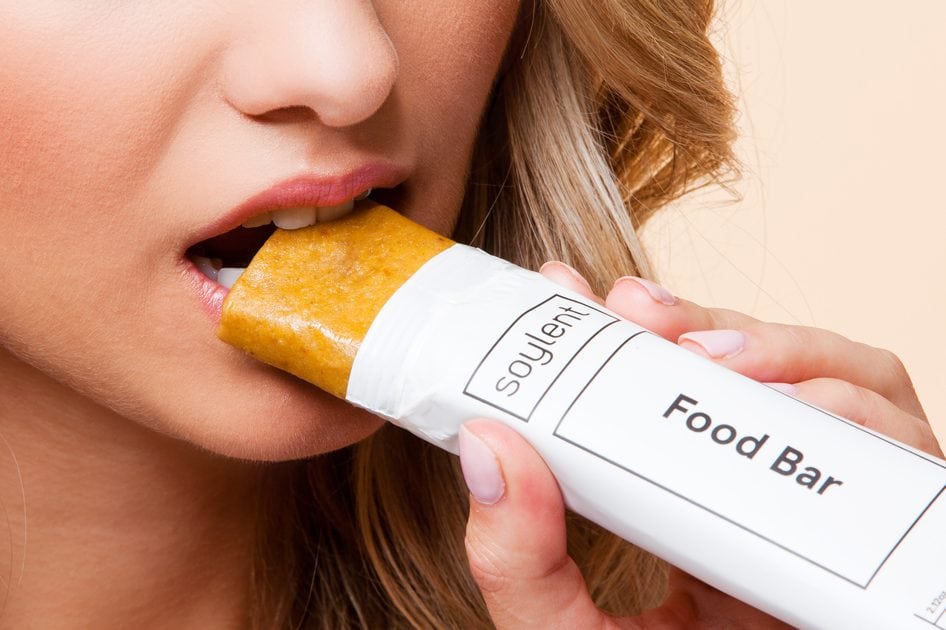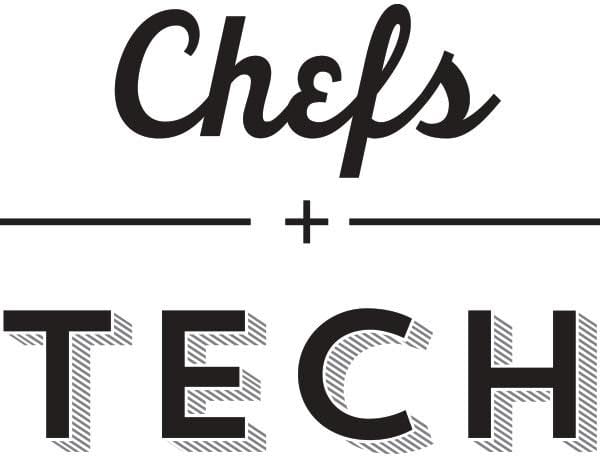Skift Take
Meal replacements need some disruption, and by "disruption" we mean we're looking forward to them going away. Let's save the disruption for the real problems in food.
Editor’s Note: Last month we announced that Skift was expanding into food and drink with the addition of the Chefs+Tech weekly newsletter.
We see this as a natural expansion of the Skift umbrella, bringing the big picture view on the future of dining out, being fanatically focused on the guest experience, and at the intersection of marketing and tech.
You can find the archives here, read the latest issue below, and subscribe here:
Subscribe to receive weekly updates
Is There Room for a Google of Food Delivery?
New York and San Francisco are often lauded as the epicenters of food tech, but don’t forget about Chicago — a town full of some of the country’s best restaurants and also home to GrubHub, the largest food delivery platform in the country. (Plus its share of entrepreneurship and technology, too.) A new Chicago startup is taking advantage of the boom in food delivery services, creating a sort-of search engine for food delivery. Called Bootler, it aims to “get your food delivery for the lowest price, and as fast as possible.”
Think of it like buying airline tickets: first you choose what you want, then you figure out how to get there. Similarly, Bootler’s service starts by prompting users to select a restaurant, then customize an order, then compares delivery options so you, consumer, get the best available price. (It also includes alcohol delivery from Saucey, FYI.) They even have a revenue model: the company takes a small commission from the delivery service for referring a customer.
This is interesting because it makes branding from delivery companies — which work hard to market and brand their businesses — sort of inconsequential. I don’t have any real loyalty to, say, Delivery.com, so if someone else is offering a better deal, I’m into it. Bootler is only available in Chicago, with no published plans to expand, but the idea of the service could certainly find its way into the food-tech landscape. In fact, I’d argue that it will find its way into the food-tech landscape as the industry continues to evolve.
The Problem with Food-Tech “Disruptors”
Foodborne illness and food safety are never something to giggle about, but if I’ve ever come close, it was last week when Soylent recalled its meal-replacement bars after they started making people unexplainably ill. I just can’t with Soylent, honestly. The product has worked its way into food-tech circles because the company is a “startup” marketing to startup employees, but to be frank, I’ve not understood the food-tech scene’s predilection to the company. (Soylent comes up at most food- and food-tech conferences, often within a few hours of a conference’s start. I’ve counted.) So, what is a glorified Slim Fast bar doing all over the tech press lately?
The New Yorker has a good look at the topic this week, doing a good job of articulating my personal distaste for the product and “Silicon Valley’s mission to radically alter the way we eat.” It’s true, food-tech is a hot topic right now, and investors are keen to back promising companies in food innovation. But, according to the piece, “The problem with all this food-2.0 stuff isn’t that it sometimes tastes horrible but that it misses the mark on how our eating is evolving. The tech world approaches food from the perspective of engineering: a defined problem to be solved, with the right equations, formulas, compounds, and brainpower.”
It’s true. What does a product like Soylent add to your life? Thirty minutes of time spent not worrying about or eating lunch? In my opinion, it’s taking away far more than it gives — the ability to enjoy food as it’s meant to be, not some commoditized fad.
What’s Next? Emerging US Food Trends
“Food trend predictor” sounds like a pretty rad gig, if you ask me. (I don’t know that that’s an actual job title; I don’t think it is, honestly.) The Wall Street Journal has a look at some emerging food trends we might be seeing a lot more of in the next year, citing food consultants as experts. Predictions include: moringa, a “super-green” that could replace kale (Can anything replace kale? Really?); “regenerative grazing,” a term that refers to using grazing cattle as a means to restore soil, and clean labeling — using only ingredients that consumers understand. What’s especially interesting about the list is that each item maps to an ethos present in today’s culture. Moringa as a powerhouse of nutritional content; regenerative grazing as an alternative to the played-out “grass-fed” movement that’s landed everywhere from fast-casual restaurants to boxes of macaroni and cheese, and clean labeling as a method of transparency — we want to know exactly what’s in our food and are suspicious of ingredients whose names we don’t understand.
There’s more on the list — including a new water source that will likely be flying off the shelves at Whole Foods sometime soon. Worth a read if you’re into this sort of thing.
BofA Merrill Lynch Upgrades Domino’s Stock Because: Tech
In case you don’t believe that, pizza delivery — more specifically, Domino’s pizza delivery — is the best example of restaurant+tech synergy in the market, some official Wall Street-types upgraded the company’s stock from “underperform” to “buy,” citing the chain’s potential for serious growth thanks to investments in technology. Domino’s has spent serious time and effort over the past few years to add a whole lot of technology to the pizza-ordering process. While not every option has exactly taken off into the mainstream (I think you can still order pizza via Tweet, though unclear how popular that is), the fact that a huge, nationwide chain restaurant pays attention to developments in digital and social tech says a lot about its future potential. Finger on the pulse!
Digestifs
- The Martha Stewart / Snoop Dogg cooking show set to premiere on VH1 this November has a trailer. (Also, it’s called “Martha and Snoop’s Potluck Dinner Party.”) — FWx
- Stories behind some of New York’s most iconic food neighborhoods (it’s heavily sponsored content, but it’s still good) — Eater
- Shake Shack is testing advance mobile ordering via a dedicated app at its Midtown East NY location — ShakeShack
The Daily Newsletter
Our daily coverage of the global travel industry. Written by editors and analysts from across Skift’s brands.
Have a confidential tip for Skift? Get in touch
Tags: delivery, food and drink, food tech, skift table
Photo credit: Soylent, a food tech startup from Silicon Vally, recalled the product pictured in this ad following multiple reports that it made consumers quite ill. Soylent

